Yoga for running and hiking (after the activity)
9This yoga practice will help release tension in the muscles that get stressed from running or hiking. It includes both stretching and strengthening poses for the hips, legs and back, with special emphasis on the TFL muscle that pulls on the IT band (Read a post about the IT band tension). It is best to do this practice right after the activity, but you can also do it some time during the day. Beginner to intermediate level of difficulty, although it might be too strong for some beginners.
Sequence Wiz is a web-based design tool that assists yoga teachers in creating and organizing yoga practices. Choose your poses, enter the instructions and you are done!

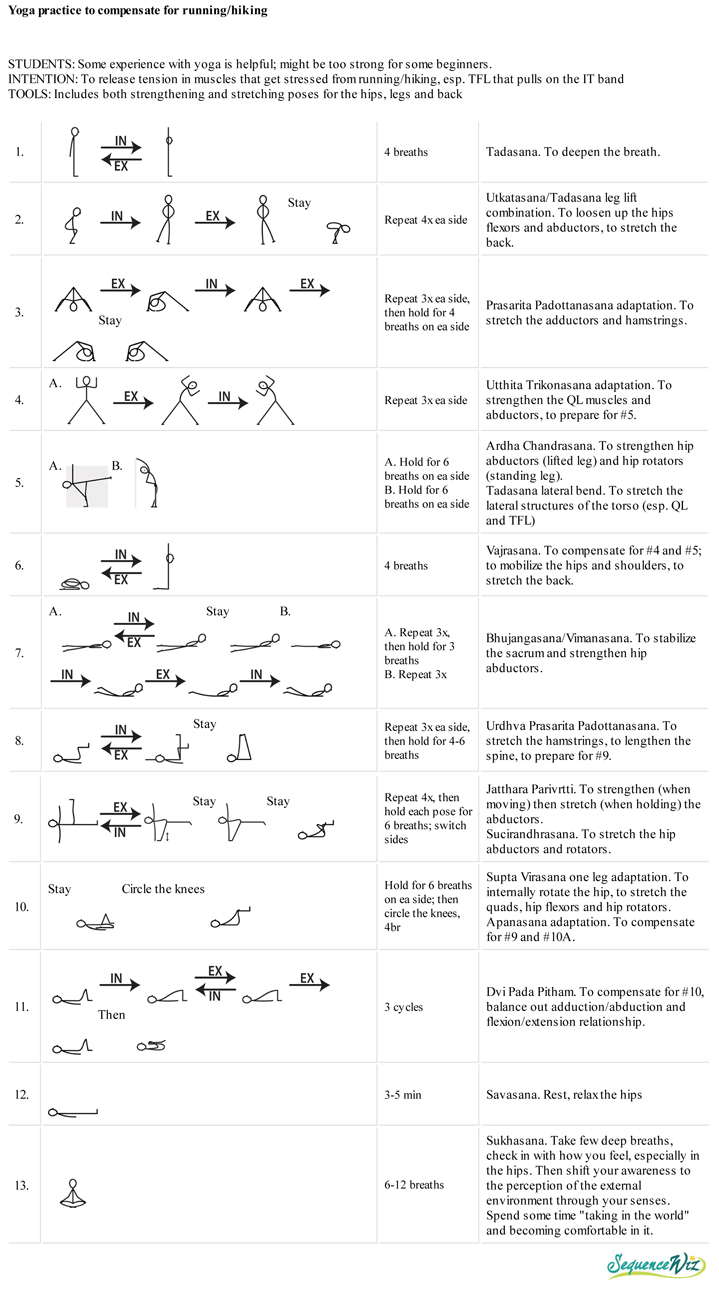
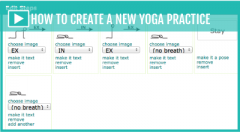
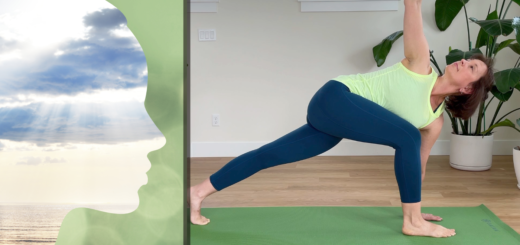
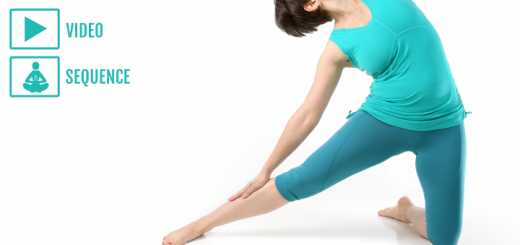
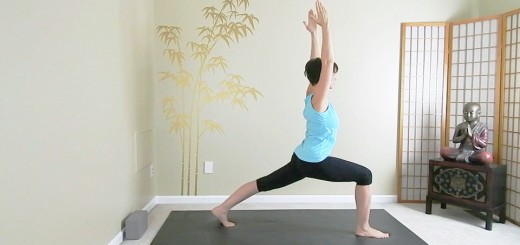
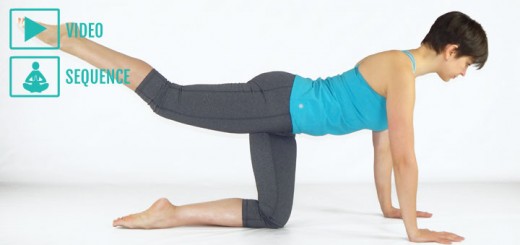















Hi Olga,
Ok, I’ve been following along with your hip exploration sequences and thought I’d share some experiences. This morning I did the pre-run warm up and noticed that after the right-side one-legged sweep, my right hip/TFL was very sore and tired, and when I moved to the left sweep, I could not stand on my right side for long. No other major findings. I then ran 2 miles, felt pretty good. Came back, did the post-run sequence and noticed a few things. First, step 5B feels AMAZING! Step 9B on the left particularly is much harder than the right – can’t get my left foot anywhere near the floor and the stretch on the left side is very intense. The internal rotator stretch in step 10 feels so good on my rotator/hip flexor/QL (?), but not so much on my sacrum. What other internal rotator stretch can I do instead?
Overall, I think my abductors are pretty weak and my adductors are regularly tight. Also, I have found that engaging my corset muscle on a regular basis, throughout the day, seems to make a difference in my low-back stability. Thank you so much for helping me find and reactivate that hidden gem! For that alone, I cannot thank you enough. I am so glad to have found your site. Thank you for all you do!
Lindsey
Hi Lindsey, thank you for sharing your experiences, I love reading about them! From what you described your self-assessment sounds logical. I suspect that the abductors on your right side are weaker and need more strengthening, while the abductors on the left side are probably tighter (from compensating for the other side) and will need more stretching. Our goal is always balance between the two sides. I am happy to hear that you are integrating the zip up into your life! Once you train your body to do it, you won’t have to think about it much. Best of luck to you and please keep me posted on your explorations!
Olga, I love this sequence so much. My hamstrings feel released in a way they never have before. Thank you for sharing these videos with us.
So happy to hear that Maureen!
I love this practice! I’ve been doing it every time I finish working out at the gym 🙂
I have a question about the Supta Virasana adaptation- if I bring my knee more than a couple inches towards the floor, my hip comes off of the ground. Is it better to bring the knee all the way down and let the hip come up, or keep the hip on the ground and only lower the knee a little bit? Nothing hurts at all, just curious which is best.
Thanks!
Hi Jen – so happy to hear that! In Supta Virasana it’s OK to let you butt cheek lift off the floor – you will get a much better stretch that way. Just make sure there aren’t any funky pulling sensations on the inside of your knee or near the sacrum. This is one of my favorites! I also like to do it with a slight pumping action – helps to get in a little deeper. Here is a video if you are interested 🙂 https://instagram.com/p/5sXZPjlN86/?taken-by=ok.yoga
Good morning Olga, if you are having pulling in the side of yr knee what other poses can you do? BTW, found yr site last March, and it has allowed me to return to running after a 8months of injury!!
as a runner I find I need more rectus femoris(middle quad) than this sequence has, and find that #2 is too much after already fatiguing my glute medius from the run, you would have to be a daily runner to really see/feel what you need,, love your practices and this is good but not after I run.
Hi, thank you for your comment! I think you are bringing up great points here. Here is my thinking: for the quad stretch #10 and #11 are best, with #8 as a prep. I see how it could not be enough though. The reality is that everyone’s body responds differently to running, depending on which areas are strong and which parts fatigue more easily; and of course, it matters how much we run, how fast, how often – all that good stuff. So I am happy to hear that you are using the practice as a foundation and then change it based on your body’s feedback – that’s the best way to approach it!